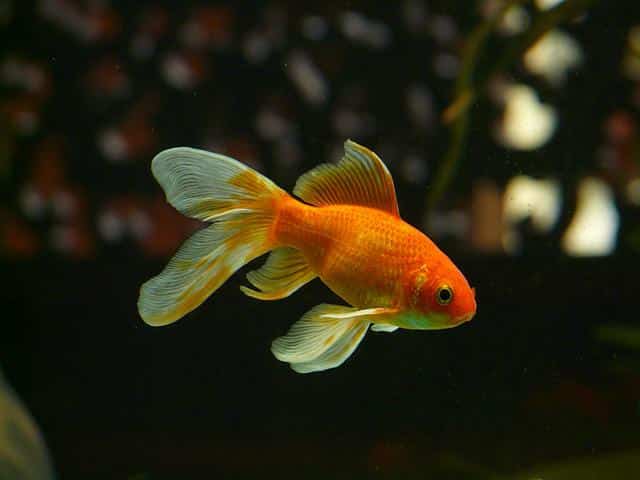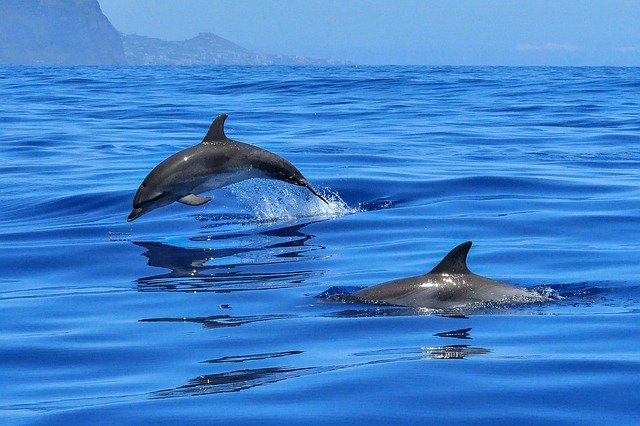
Fish propel themselves and direct their movement thanks to their fins.
Aleta is the diminutive of wing . Wing, on the other hand, is the appendage or organ that makes the flight of certain animals possible.
In the specific case of the term fin, it is a laminar structure present in vertebrates that live in water . Thanks to the fins, these creatures can propel themselves and guide their movement.
Identification and analysis of fins
It can be said that the fins are external organs . Fish experts, known as ichthyologists , usually analyze the fins to identify the different species and to describe the specimens.
In fact, there is even a formula that makes nomenclature and mention easier. A capital letter is used to indicate the type of fin, Roman numerals to indicate the number of spiny rays, and Arabic numerals to specify the number of soft rays.
Classification according to type
It is possible to recognize multiple types of fins. A first distinction can be made between the even fins (there is one on each side of the body, located beyond the plane of bilateral symmetry) and the odd fins (they are located in the aforementioned plane of bilateral symmetry, and can appear in both odd and pair).
The dorsal fins , on the other hand, are located on the back. They can contribute to balance and turns or fulfill a defensive role. The pectoral fins , meanwhile, are located behind the gill openings, serving for movement.
Pelvic fins , anal fins , caudal fins , and adipose fins are other types of fins. Its presence or absence and its traits depend on each species.

The fins of dolphins and other cetaceans have particular characteristics.
Fish fins vs. cetacean fins
Ichthyologists detail several differences between fish fins and cetacean fins. Historical examination reveals that fish fins emerged first and then, through the process known as evolutionary convergence , appeared in porpoises , dolphins , and whales .
Cetaceans lack pelvic fins and their caudal fin is horizontal (and not vertical as in fish). The dorsal fin, likewise, may be absent or be only one.
It is interesting to highlight, at this point, what happens to the dorsal fin of orcas that are in captivity. In these living beings, a deformation of the fin is observed, an issue that specialists attribute to factors such as dietary alterations and lack of activity that leads to a loss of muscle tone.
Other uses of the concept
It should be noted that the idea of a fin is also used in other areas. In diving, frog fins or legs are plastic or rubber footwear that allows people to propel themselves underwater.
In certain boats, the extension of the upper area of the stern is called a fin. The notion of fin is also common in architecture , referring to the walls that, in the shape of a ramp, rise on the sides of a bridge to direct water and contain land.
The ridges of the nostrils and the metal rectangles that, in armor , protect the shoulders, are also mentioned as fins.
